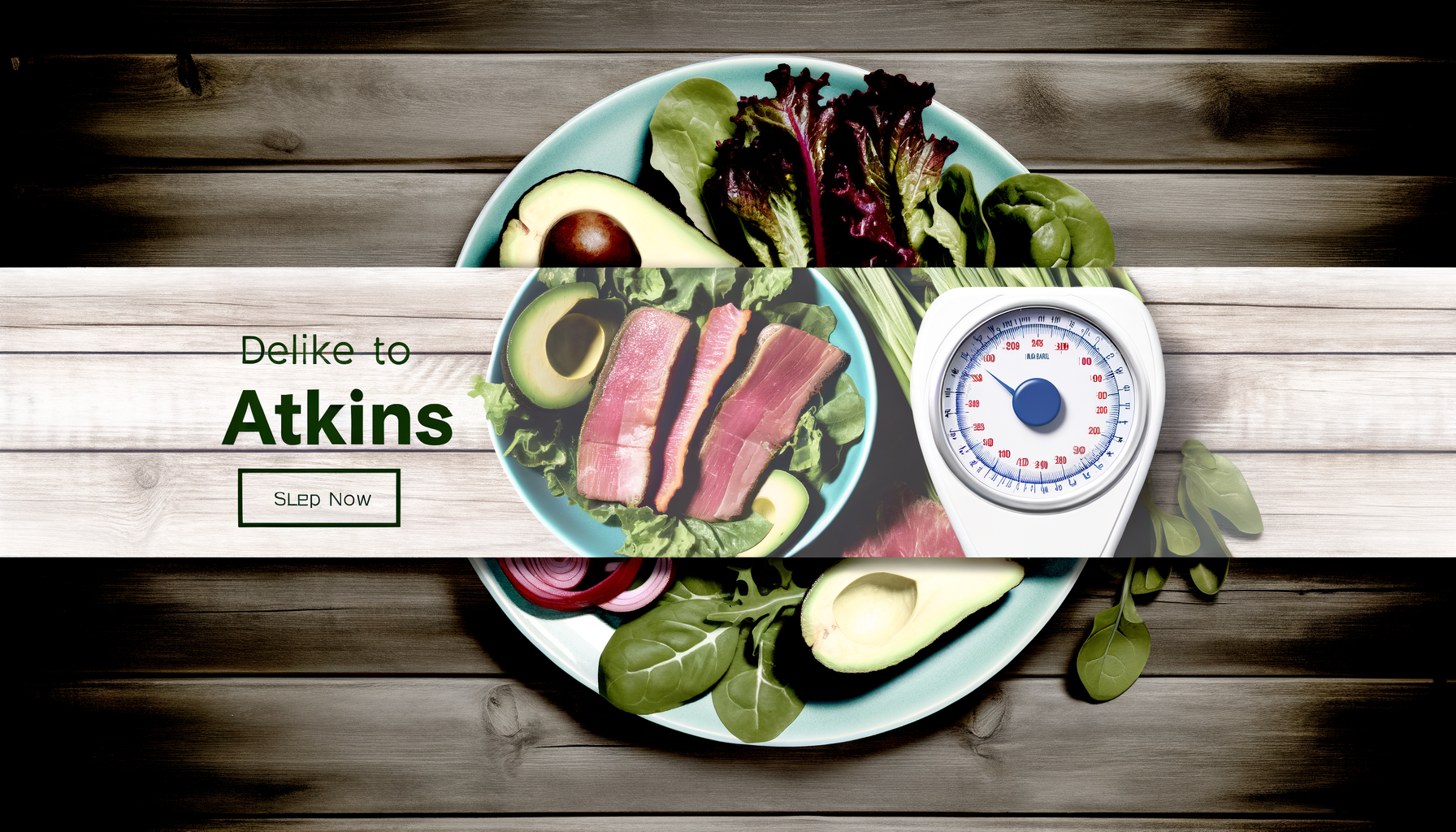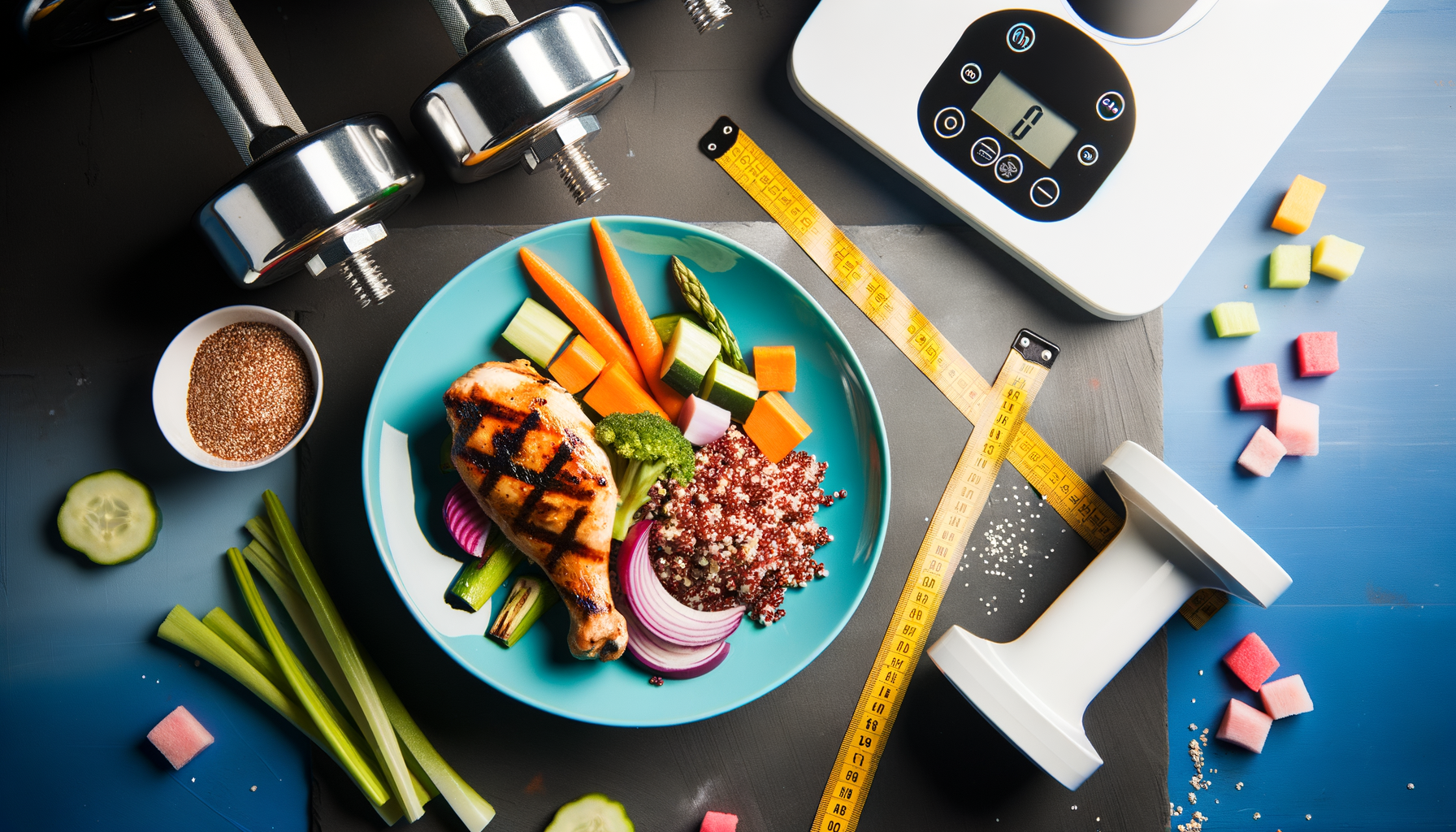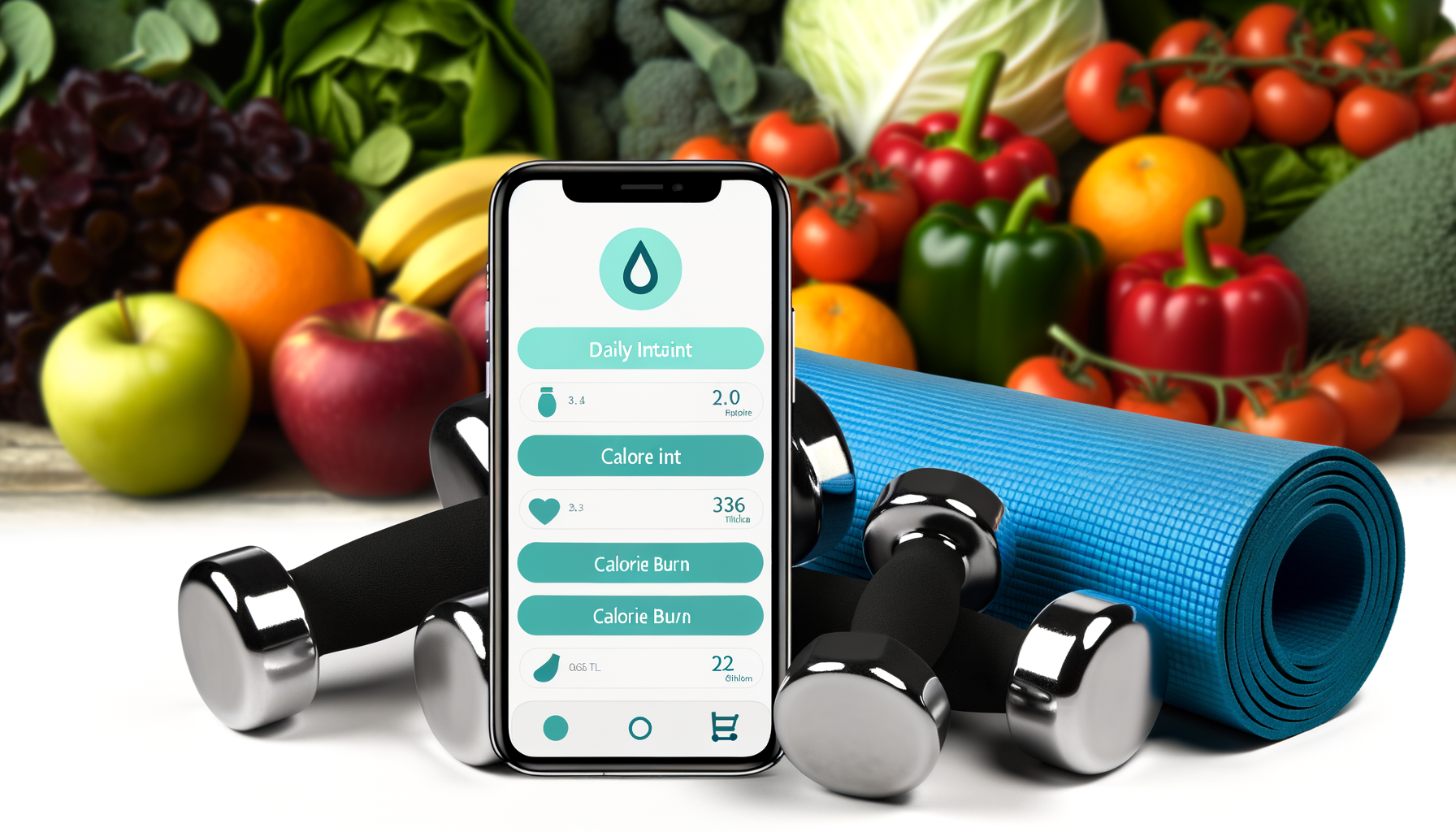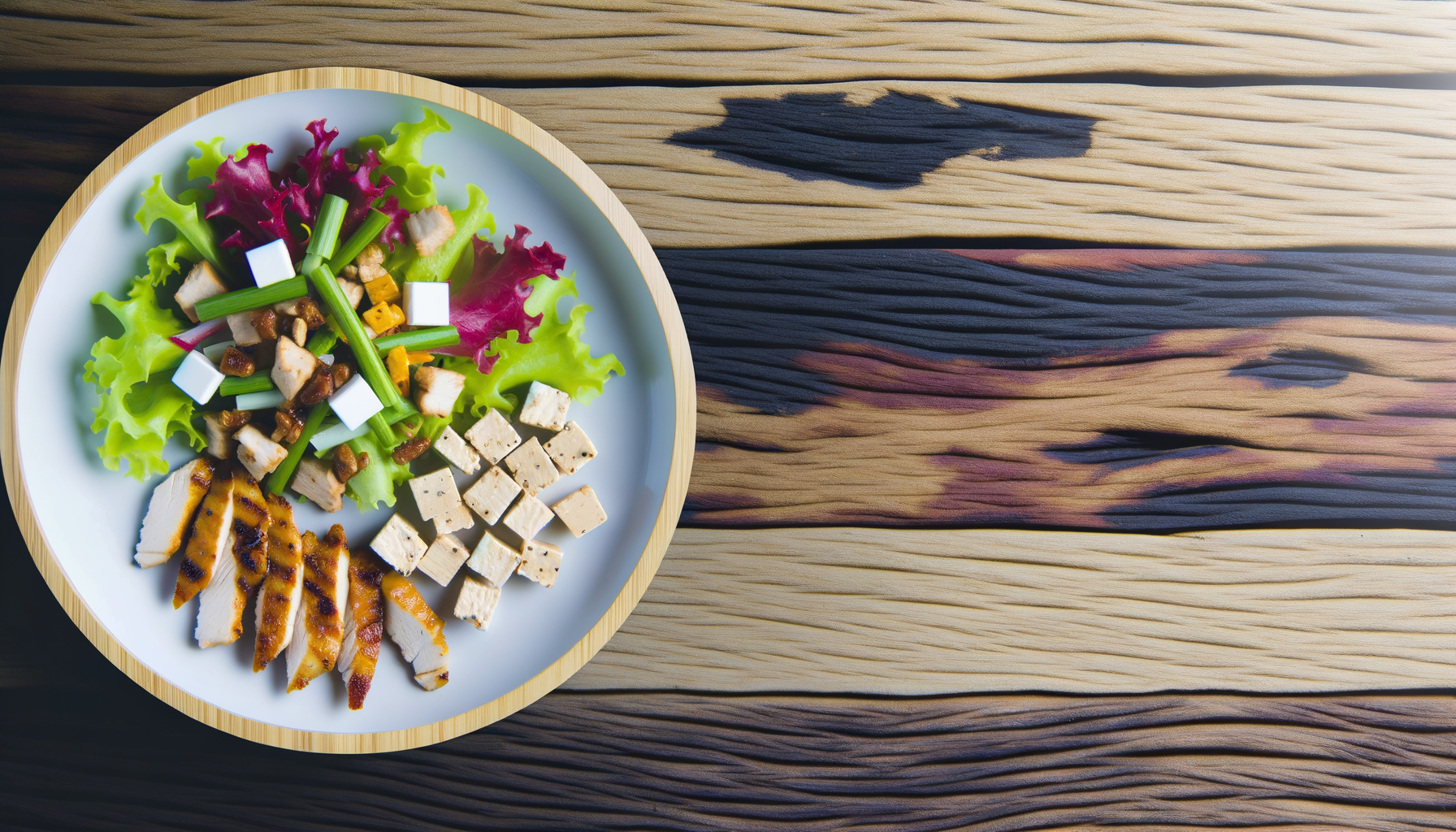How WP Calorie Calculator Enhances WordPress Landing Pages
Introduction: Embedding an interactive, data-driven tool like a calorie calculator can transform a WordPress landing page from a static brochure into a lead-generating conversion engine that improves engagement, boosts time on page, and drives measurable conversions.
Why interactive tools amplify landing page performance
Interactive features such as calculators and quizzes turn passive visitors into active participants, increasing dwell time and encouraging repeat visits—two behaviors that both improve conversion rates and support organic SEO performance through behavioral signals and reduced bounce rates.Backlinko
When a visitor uses an on-page tool, they’re more likely to remember the brand, trust the site, and follow through with a next step (signup, appointment booking, product purchase). That makes the presence of a targeted conversion tool especially important for health and fitness landing pages, where personalization and immediate value are key.Search Engine Journal
How a calorie calculator becomes a conversion tool
At its core, a calorie calculator is both a value proposition and a data collection mechanism: it gives personalized results while enabling you to capture inbound leads with minimal friction.
- Instant value: Users receive immediate, personalized calorie and macro estimates based on weight, height, age, sex, activity level, and goals — this perceived value makes them more willing to continue with your funnel.Belov Digital Agency
- Lead capture: Configurable email capture options let you send results to users in exchange for an email address — converting casual visitors into subscribers for follow-up nurturing.WordPress.org plugin page
- Segmentation: Input fields provide first-party data (age, weight, goals) you can use to personalize email sequences, content recommendations, and offers.
- Micro-commitment psychology: Completing the calculator is a small commitment; people who complete it are more likely to take larger actions later (trial, signup, purchase).
Unique advantages of WP Calorie Calculator for WordPress landing pages
WP Calorie Calculator (the plugin) contains a set of features tailored to landing-page optimization for health, fitness, and nutrition sites.
- Multiple calculation formulas: Supports well-known formulas (Mifflin-St Jeor, Harris-Benedict, WHO variants) to provide credible, industry-standard results to users, which increases trust and reduces perceived risk.WPGlobe review
- Units & automatic conversion: Accepts both metric and imperial units and can auto-convert, improving UX for global audiences and reducing abandonment from input friction.WordPress.org plugin page
- Instant vs. email delivery: Flexible result delivery—display instantly for frictionless UX or require an email to send the results, enabling lead capture without harming perceived value.Belov Digital Agency
- Shortcode, Gutenberg & Elementor support: Insert the calculator precisely where it converts best—above the fold, inside blog posts, or on a dedicated landing page—using shortcodes, Gutenberg blocks, or Elementor widgets (Pro feature).Belov Digital Agency
- Customization & localization: Color pickers, layout options, RTL and translation support help align the widget with the brand and the target audience’s language and culture.Belov Digital Agency
- Low performance impact: Independent reviews report minimal memory and speed impact, which is critical for landing-page performance and SEO.WP Hive
How to place the calculator for maximum conversions
- Above the fold on a dedicated landing page: Present the calculator immediately so visitors can interact without scrolling; pair with a concise benefit headline and a single CTA for best results.
- Within long-form blog posts: Embed the tool near actionable sections (e.g., after a nutrition primer) to turn readers into leads and increase time-on-page.WP Calorie Calculator
- As a popup or slide-in during exit intent: Offer a quick calculation before the visitor leaves; require an email for the result to capture abandoning traffic.
- On pricing/service pages: Offer calculator-driven personalization (recommended plan based on calories/goals) to reduce friction in the buying decision.
Design and UX best practices for landing-page calculators
Good design reduces friction, improves trust, and increases completion rates.
- Keep the form short: Only ask for fields essential to produce a meaningful result; optional advanced inputs can be placed behind an “advanced settings” toggle.
- Show progress and instant feedback: Use live result rendering or a clear progress indicator so users see value while they type.WordPress.org plugin page
- Use microcopy to reduce confusion: Explain units, activity levels, and goals with short helper text or tooltips.
- Mobile-first layout: Ensure inputs and results are easy to read and tap on phones; mobile visitors are often the majority on fitness sites.
- Trust signals: Add badges (certified nutritionist, secure email storage), quick stats (X users calculated), and links to privacy policy to reduce hesitancy when asking for email addresses.
SEO and content strategies that complement the calculator
Integrating the calculator into a broader content strategy multiplies the benefit: search visibility brings targeted users, and the calculator converts them.
- Create intent-focused landing pages: Build specific pages for queries like “daily calorie calculator for weight loss” and embed the calculator as the primary interactive element.WP Calorie Calculator Plans
- Use schema and structured data: Mark up landing pages with appropriate schema (FAQ, HowTo, WebPage) to increase the chance of rich results and higher CTRs on SERPs.
- Publish educational long-reads: Complement the tool with comprehensive guides about BMR, macronutrients, and activity multipliers to capture informational queries and internal-link to the calculator.
- Leverage internal linking: Link the calculator from high-traffic blog posts and pillar pages so organic visitors discover the interactive feature naturally.WPGlob review
- Localize landing pages: Translate pages and calculators to local languages to rank in non-English markets and increase conversions from those audiences.Belov Digital Agency
Real-world examples & case studies
Example 1 — Nutrition clinic landing page:
A boutique nutrition clinic embedded a calorie calculator above the fold, required an email to send an in-depth PDF plan, and followed up with a 3-email nurture sequence. Within 60 days, email signups increased 42% and the clinic reported a 17% increase in booked consultations. The immediate personalization reduced friction and improved perceived value.
Example 2 — Gym membership campaign:
An urban gym used the calculator on a paid-traffic landing page to qualify leads: free guest pass offered to visitors in a calorie range consistent with the gym’s target demos. Conversion rate on the landing page rose by 28% and cost per acquisition fell by 31% as ads targeted users who had interacted with the calculator.
Example 3 — Online coaching funnel (WP Calorie Calculator plugin):
Several WordPress-based nutrition coaches used WP Calorie Calculator shortcodes inside blog posts; they leveraged instant display for reader engagement and used the email-delivery option on the services page to capture leads. Reviews and plugin documentation credit the plugin for increasing screentime and user involvement on WordPress sites.WordPress.org plugin pageBelov Digital Agency
Measuring impact: metrics to track
To prove value, measure a mix of engagement, SEO, and conversion metrics.
- Engagement: time on page, pages per session, and form-completion rate for the calculator inputs.
- Conversion: email capture rate, lead-to-client conversion rate, trial signups, and bookings attributable to calculator sessions.
- SEO: organic traffic to pages containing the calculator, bounce rate, and rankings for target keywords such as “calorie calculator,” “daily calorie calculator,” and branded queries.
- Ad performance: landing-page conversion rate and cost-per-lead for paid campaigns driving traffic to calculator pages.
Implementation checklist for WordPress marketers
- Install WP Calorie Calculator plugin and choose Free or Pro based on feature needs (Elementor widget, advanced emailing, custom macros).WP Calorie Calculator
- Create landing page with succinct benefits, the calculator above the fold, and one clear CTA.
- Decide on result delivery: instant vs. email — test both to find the best lead-to-client tradeoff.
- Enable shortcodes, Gutenberg block, or Elementor widget depending on your page builder.Belov Digital Agency
- Add privacy policy links and trust signals if you collect emails.
- Instrument analytics events (Google Analytics / GA4, Tag Manager) to record calculator interactions and tie them to conversion goals.
- A/B test headline, placement, and whether email is required to optimize conversion rate and lead quality.
- Follow up captured leads with a tailored email series that references the calculator results for personalization.
Common objections and how to handle them
- “It’s too technical for my audience”: Use simplified language, tooltips for technical terms, and a one-sentence explanation of how results were calculated (e.g., “Based on industry-standard formulas”).
- “I don’t want to ask for emails”: Use instant results first to build trust, then offer optional email delivery for the full report as a secondary capture method.
- “Will it slow my page?” Choose well-built plugins and test performance; reviews indicate WP Calorie Calculator has minimal memory and speed impact when configured correctly.WP Hive
Examples of copy (headlines & microcopy) that convert
- Headline: “Find Your Daily Calorie Target in 30 Seconds”
- Subhead: “Enter a few details for a personalized daily calorie and macro estimate — instant results or emailed to you.”
- CTA: “Get My Results” or “Send My Plan” (if email required)
- Microcopy for fields: “Activity level: choose the option that best matches your weekly routine”
Pricing considerations and ROI
Free plugin usage is effective for simple embedding and testing, while the Pro edition unlocks Elementor widgets, advanced emailing, and deeper customization—features that typically speed up implementation and support higher-converting placements on landing pages.WP Calorie Calculator Plans
ROI example: even a modest 2% lift in landing-page conversion rate for a page receiving 10,000 monthly visitors can generate dozens of new leads per month, quickly offsetting the cost of a Pro plugin license and paid advertising budget used to drive traffic.
Additional resources and partner links
- WP Calorie Calculator — plugin homepage and documentation for installation.
- WP Calorie Calculator Plans — pricing tiers and Pro features overview.
- WordPress.org plugin page — plugin listing, reviews, and changelog.
- Belov Digital Agency — plugin announcement and feature notes.
- Belov Digital Agency — marketing-focused plugin update notes.
- WPGlob review — independent overview of features & formulas.
- WP Hive — performance and plugin insights.
- Moz: What is SEO? — context for how engagement affects organic visibility.
- Search Engine Journal: UX & SEO — guidance on user experience and SEO.
- Backlinko: Behavioral SEO signals — research on dwell time and rankings.
Final thoughts and next steps
A well-implemented calorie calculator turns a WordPress landing page into a dynamic entry point for your marketing funnel, improving engagement, increasing time on page, and capturing leads for follow-up. For WordPress sites in nutrition, fitness, or wellness niches, WP Calorie Calculator offers an accessible path to embed that interactivity, with features designed to balance UX, lead capture, and performance.WP Calorie Calculator
If you’re ready to start, install the plugin, pick your preferred placement (above-the-fold or inside a targeted article), configure instant vs. email delivery, and set up analytics to measure impact — small technical steps that can produce measurable increases in conversions and subscriber growth.Explore plans and features











